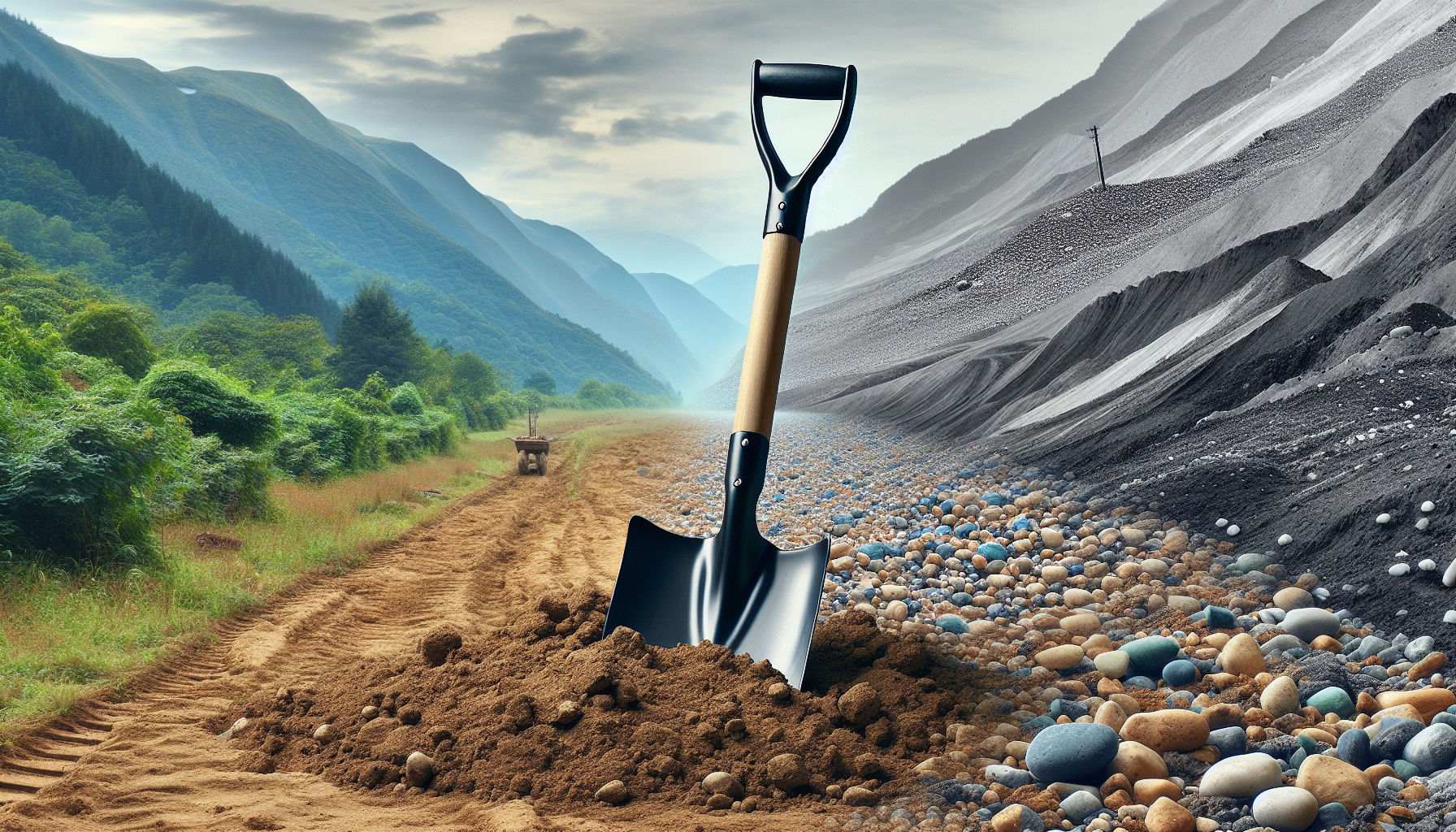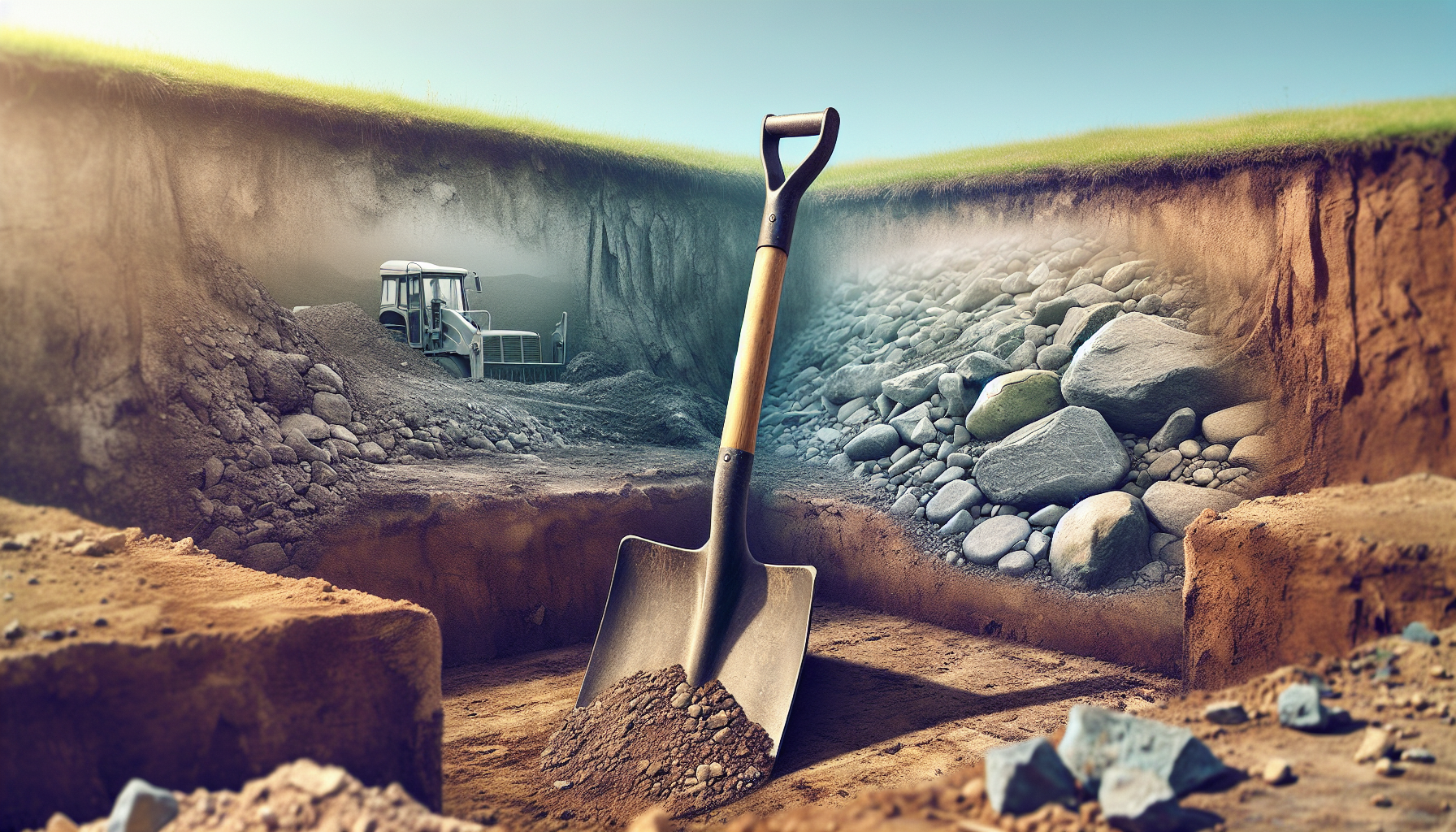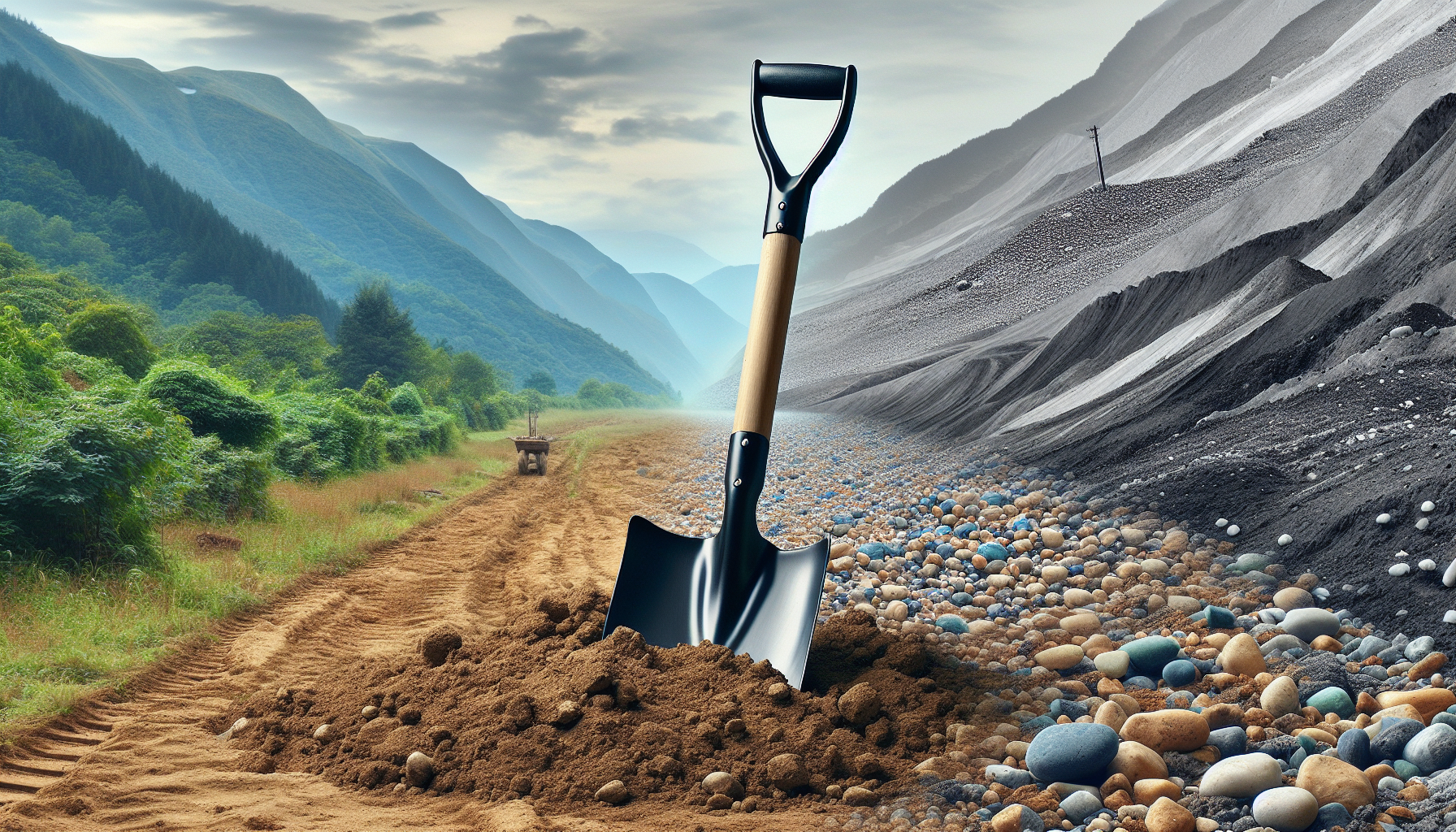What comes to mind when you think about starting your hardscaping project? Is it the beautiful landscapes, elegant patios, or perhaps the sturdy pathways? Before you can focus on the aesthetics, you must tackle one crucial step: land clearance. Understanding how to clear land effectively sets the foundation for your successful hardscaping project. Let’s break down the techniques and tips that will prepare your space for an impressive transformation.

Importance of Land Clearance in Hardscaping
Clearing the land is the first step in any hardscaping installation. This stage removes any unwanted vegetation, debris, and obstacles, creating a clean slate. Without proper clearance, construction may face delays and unexpected challenges, leading to extra costs. A clean workspace allows for accurate planning and an efficient installation process.
Benefits of Proper Land Clearance
- Safety: A clear area reduces the risk of accidents on-site.
- Soil Health: Removing weeds and roots minimizes competition for water and nutrients.
- Aesthetic Appeal: A clean space starts the journey to a visually pleasing landscape.
Understanding these benefits emphasizes the importance of effective land clearance before moving to the fun part—designing your hardscape.
Tools to Assist with Land Clearance
Selecting the right tools is essential for efficient clearance. Here’s a list of common tools you might need:
Hand Tools
| Tool | Purpose |
|---|---|
| Shovel | Digging and lifting soil |
| Rake | Leveling ground and gathering debris |
| Hoe | Removing weeds and breaking up soil |
| Axe | Cutting down small trees and shrubs |
Power Tools
| Tool | Purpose |
|---|---|
| Chainsaw | Cutting down larger trees |
| Hedge Trimmer | Trimming shrubs and hedges |
| Brush Cutter | Clearing thick brush and unwanted plants |
| Rototiller | Breaking up compacted soil for planting |
Using the right combination of hand and power tools will streamline your land clearance process and help you work efficiently.
Step-by-Step Land Clearance Process
To ensure your land is cleared effectively, follow these straightforward steps:
1. Assess the Area
Before you start clearing, take time to inspect your land. Look for obstacles such as rocks, tree stumps, or old structures that might need special attention. Understanding the layout helps you plan your approach.
2. Gather Necessary Tools
Gather the tools listed earlier based on your specific needs. Ensure they are in good condition to avoid any disruptions during your work.
3. Remove Debris
Start clearing the area by picking up any debris like fallen branches, stones, and garbage. You can use a rake to gather smaller items and easily remove them.
4. Remove Vegetation
If there are plants, weeds, or trees, you’ll want to take the right approach:
- Small Weeds: Use a hoe or trowel to pull them out from the roots.
- Shrubs: Prune them down using a hedge trimmer, then uproot them entirely.
- Larger Trees: For trees that are too big, use a chainsaw, ensuring you follow all safety precautions.
5. Level the Ground
After clearing out all items, the next step is to level the ground. Use a rototiller to break up compacted soil and rake it level. This step is vital because uneven ground can affect your hardscaping later.
6. Dispose of Waste Responsibly
When you finish clearing, make sure to dispose of the waste properly. Check with local regulations about recycling yard waste or disposing of debris to maintain environmental responsibility.
Common Challenges During Land Clearance
While you may approach your project with enthusiasm, obstacles can arise. Here are some challenges and tips to overcome them:
Dense Vegetation
If your area has thick underbrush, you might find it difficult to clear. Using a brush cutter can help you tackle this. After cutting, you can use a rake to gather the cuttings effectively.
Stumps and Roots
Tree stumps can be hard to remove completely. Consider renting a stump grinder for a more painless removal. Alternatively, you can cover stumps with soil and wait for them to decompose over time.
Poor Soil Quality
If you notice that the soil quality is poor, consider amending it before you start installing your hardscape. Adding compost or other organic materials can improve soil health for future plantings.
Weather Conditions
Bear in mind that rainy or windy weather can affect your work. Always check the weather beforehand and plan your clearance when conditions are more favorable.

Best Practices for Efficient Land Clearance
Adopting best practices leads to smoother land clearance. Here are a few quick tips to keep in mind:
- Plan Ahead: Mapping out your approach saves time and effort.
- Wear Safety Gear: Always wear gloves, goggles, and sturdy footwear to protect yourself while working.
- Take Breaks: Ensure you rest to avoid fatigue, which can lead to accidents.
- Stay Hydrated: Drink plenty of water to stay refreshed, especially during hot days.
Eco-Friendly Land Clearance Options
Thinking about the environment is essential during land clearance. You can adopt eco-friendly practices to minimize your impact.
Mulching
Instead of discarding plant debris, consider mulching it. Shredded plant material can serve as mulch, which nourishes the soil and suppresses weeds.
Composting
Create a compost pile with organic matter. This acts as a natural fertilizer, enriching your soil when you eventually start planting.
Reusing Materials
If you have stones or bricks left over after clearance, think about ways you can repurpose them in your hardscaping project. They can add character and a rustic touch to your installation.
Preparing for Hardscaping After Clearance
Once you clear the land and dispose of materials appropriately, you’re ready for the next steps in your hardscaping project. Planning your layout and selecting appropriate materials is crucial.
Designing Your Hardscape
Consider the following when designing your hardscape:
- Functionality: Determine where pathways and patios will go based on how you plan to use the space.
- Visual Appeal: Choose materials that blend well with your home and landscape design.
- Durability: Select quality materials that can withstand the elements over time.
Selecting Hardscape Materials
Common materials used in hardscaping projects include:
- Pavers: Ideal for patios and pathways.
- Natural Stone: Adds a natural look and is durable.
- Concrete: A robust option suitable for various applications.
- Gravel: Perfect for drainage and aesthetic appeal.
Evaluating each material’s benefits will help you make a sound choice tailored to your project.
Why Choose Xclusive Home Services for Hardscaping
Clear land is one thing, but now you need a skilled team to turn your visions into reality. This is where Xclusive Home Services comes into play.
Expertise in Hardscaping
Established in 2025, Xclusive Home Services stands out in the hardscaping field. Their team is equipped with the knowledge and experience to handle all aspects of hardscaping, ensuring quality results.
Comprehensive Solutions
From design to installation, Xclusive Home Services covers everything. This integrated approach offers convenience, allowing you to relax while experts bring your project to life.
Quality Assurance
With a commitment to customer satisfaction, Xclusive Home Services ensures that every project meets high standards. They are dedicated to maintaining quality craftsmanship.
Your Contact Information
For all your hardscaping needs, reach out to Xclusive Home Services at:
- Address: 14505 N Hayden Rd., Ste. 101, Scottsdale, AZ 85260
- Phone: (602) 341-5545
- Email: management@xclusivehomeservicesco.com
Don’t hesitate to communicate your ideas and plans. The team is eager to assist and ensure your hardscaping project is a success.
Conclusion
Completing your hardscaping project starts with effective land clearance. Understanding and implementing the techniques discussed will position you for success. Once the land is cleared, choosing the right materials and design will help you create the outdoor space you’ve always wanted.
Remember, Xclusive Home Services is there to assist you at every step. They provide professional hardscaping services tailored to suit your unique needs. Your journey to a beautiful landscape begins with effective land clearance and ends in a stunning hardscape that enhances your home’s beauty and function.

